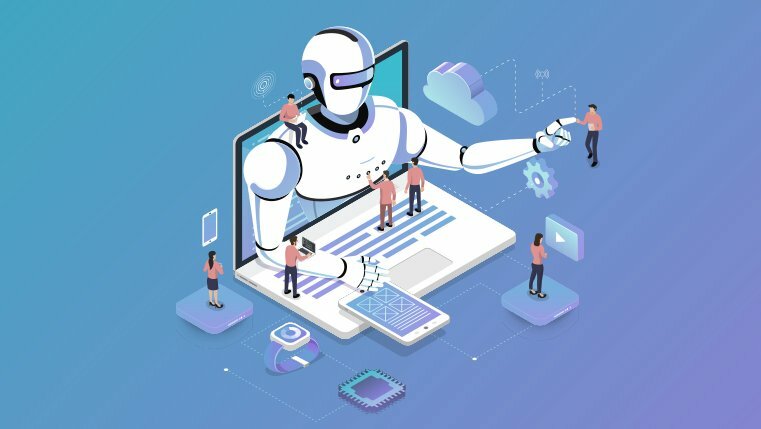As AI steadily works its way more deeply into the field of language, you might be wondering what this could mean for the modern translation agency. The most well-known example is how Google Translate has been using neural machine translation since 2016, leading to a reported boost in accuracy. Just using apps to translate languages in real-time has changed the way we travel. There’s no doubting the advantages of AI or AI translation. But does it spell the end of careers for human translation professionals? Below we’ll look at the impact AI is making in translation as well as which elements of the sector it hasn’t affected.
What Has AI Changed for the Average Translation Agency?
AI has impacted the workings of the translation agency to a certain degree. The largest and most direct way that it has changed the industry is that it has made the translation process itself in many agencies faster. People always think about how AI is coming for our jobs. So far, AI has only given us the tools to do our jobs more efficiently and effectively.
Can AI translate languages? One of the advantages of AI is that some translators are now using machine translation as a first-line translation system. They may put the text through a machine translation pass to convert the language initially, meaningless typing. However, the translator then still has to go through and make sure that the tone stayed the same, clear out any basic mistakes the AI made, and manually translate those parts the machine simply couldn’t handle. Some translators find this method to be helpful and faster. Others still prefer to go through and translate line-by-line to minimize what must be fixed later.
Another area of AI and machine translation that has changed is the way that a translation agency operates in terms of providing post-editing machine translation services. Translation agency Tomedes describes this as a process that combines machine translation with a human element, as a human translator goes through a machine translation to fix what the AI didn’t quite capture correctly. The translator might update the tone, fix major grammar mistakes, or make the text more culturally sensitive. This has become a popular service, as more people try to do a machine translation, only to find out right before a deadline that the AI didn’t provide a professional-level translation.
75% of business leaders say that AI will help them move into new businesses and ventures. One of the ways AI can help do that is to give more time away from routine tasks. As it has in many industries, AI has made the administrative side of the average translation agency run more smoothly in many companies. Areas such as workflow automation or quoting through automated systems have all been a time-saver.
What AI Translation Hasn’t Changed
The main area AI hasn’t changed, and will most likely never catch up with, is the process of localization. This covers items such as converting graphics, brochures, and websites to better suit local target demographics, making sure the imagery, as well as the language used, is culturally sensitive, and even making sure a product fits with local regulations. AI isn’t anywhere near the point of being able to tell when an ad needs to be re-arranged for better readability, for instance. That still takes a human eye.
Along similar lines, transcreation is still a very human activity. This is the process that underlays making sure a message still keeps true to the original tone, intent, style, and message, even after translation. It’s a very important part of marketing since marketing messages need to reflect local customs, references and senses of humour. Transcreation makes sure the marketing message sells the product while staying culturally sensitive and relevant in the new region. As advanced as AI translation has become, it still can’t tell when certain phrasing reads awkwardly or would be offensive in a new culture.
AI also hasn’t changed many translation specialities. For instance, a close human eye is still needed for very sensitive documents in the medical translation field, like patient instructions. A famous study looked at 100 sets of real ER patient discharge instructions. It looked at translating these instructions into Chinese and Spanish. 53 sentences in Spanish were inaccurate and 125 Chinese sentences were inaccurate. 15 of the Spanish inaccurate sentences and 50 of the inaccurate Chinese sentences could have done significant harm to the patient.
While AI translation has had a significant impact on the translation field, the uniquely human aspects of the translation process have kept translation services highly relevant. In an interesting sort of irony, machine translation has even made translation services more necessary, in the case of post-editing machine translation. Can AI replace translators? In short, no. Like many industries, AI continues to automate parts of the overall process, thus leaving more time for the parts that only a human can handle.

